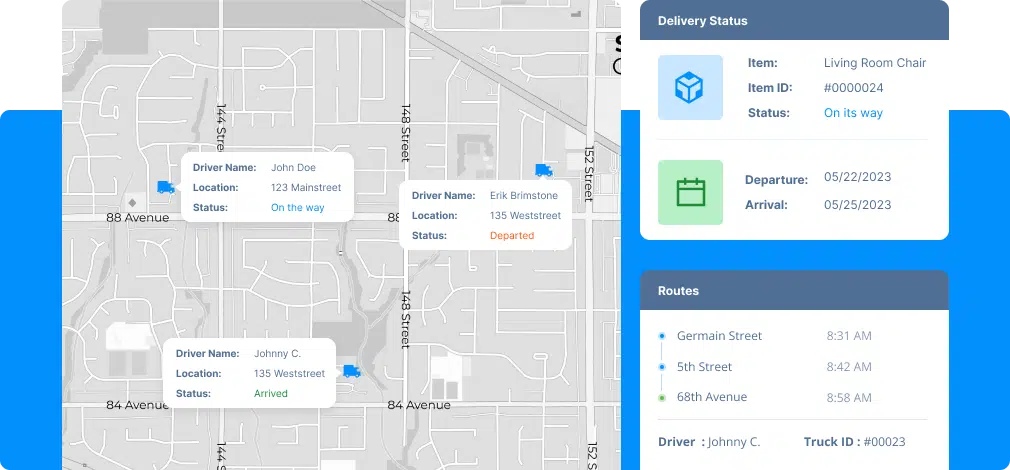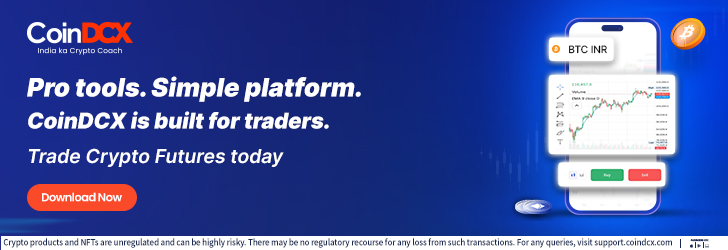In today’s fast-paced digital world, customers expect quick, accurate, and transparent deliveries. This expectation has pushed logistics companies to innovate continuously. One of the most transformative tools in modern logistics is last mile delivery software, the technology that manages the final step of the delivery process. Whether you’re a small business or a global enterprise, optimizing this last leg can make or break your customer satisfaction.
The Growing Importance of Last Mile Delivery
The surge in eCommerce has changed how people shop. Consumers now demand same-day or next-day deliveries with live tracking updates. The last mile, which covers the journey from the distribution center to the customer’s doorstep, represents nearly 53% of total shipping costs. Without efficient last-mile delivery software, companies risk delays, missed deliveries, and higher expenses.
Understanding Last Mile Delivery Software
So, what exactly is last-mile delivery software? It’s a digital platform designed to streamline delivery routes, assign drivers intelligently, and provide real-time visibility across the entire delivery process. Unlike generic delivery management tools, it’s specialized to handle the complexities of the final delivery stage, ensuring goods reach customers on time and in perfect condition.
How Last Mile Delivery Software Works
- Route Optimization: The software calculates the fastest and most fuel-efficient paths using real-time data.
- Real-Time Tracking: Customers and managers can monitor driver location and estimated delivery time.
- Automated Dispatch: It assigns tasks automatically to drivers based on location, capacity, and schedule.
- Proof of Delivery: With digital signatures, photos, and notes, delivery confirmation becomes quick and paperless.
Benefits of Implementing Last Mile Delivery Software
Implementing last-mile delivery software offers numerous benefits:
- Efficiency: Automated scheduling and routing reduce delays.
- Customer Satisfaction: Live tracking and accurate ETAs improve transparency.
- Cost Savings: Optimized routes minimize fuel and labor costs.
- Accountability: Every step is tracked, ensuring complete operational visibility.
Key Features to Look For
When choosing a delivery management tool, look for:
- Smart route planning and optimization algorithms.
- Real-time GPS tracking and communication.
- Delivery scheduling automation.
- Analytics and reporting dashboards for performance insights.
Integration with Existing Systems
Your last mile delivery software should integrate seamlessly with ERP, CRM, and warehouse systems through APIs. This ensures your order data, inventory levels, and delivery updates are always in sync, minimizing manual input errors.
Role of AI and Data Analytics in Last Mile Delivery Software
AI-driven delivery systems analyze traffic, weather, and customer preferences to suggest the best delivery strategies. Predictive analytics helps businesses forecast demand and prepare for peak periods, boosting productivity while cutting costs.
Challenges in Last Mile Delivery
The last mile is complex due to:
- Urban traffic congestion
- Fluctuating delivery volumes
- Fuel price volatility
- Managing failed or returned deliveries
How Last Mile Delivery Software Solves These Challenges
Advanced software like Cigo Tracker provides dynamic route optimization, which adapts to real-time traffic. It automates dispatching, notifies customers of delivery windows, and ensures maximum vehicle utilization, solving most logistical headaches with intelligent automation.
The Impact on Customer Experience
Modern customers value convenience and transparency. With last-mile delivery software, they can track packages live, reschedule deliveries, and even communicate with drivers, resulting in a frictionless delivery experience that boosts loyalty.
Sustainability and Green Logistics
Optimized routing not only saves money but also reduces CO₂ emissions. Many companies now use last-mile delivery software to transition to paperless operations, reducing their environmental footprint while maintaining efficiency.
Case Study: How Cigo Tracker Transforms Last Mile Delivery
Cigo Tracker has emerged as a leader in last-mile logistics management. With advanced features like real-time tracking, smart route planning, and mobile driver apps, Cigo Tracker helps businesses manage thousands of deliveries seamlessly. Companies using Cigo have reported up to 30% reductions in delivery costs and significant boosts in customer satisfaction.
The Future of Last Mile Delivery Software
The future looks even more exciting; think drones, autonomous delivery vehicles, and smart lockers. As AI continues to evolve, last-mile delivery software will integrate deeper with urban infrastructure, making deliveries faster, cheaper, and eco-friendlier.
Conclusion
In a world where delivery speed defines brand reputation, investing in powerful last-mile delivery software is no longer optional; it’s essential. Platforms like Cigo Tracker are leading this revolution by helping businesses simplify logistics, enhance efficiency, and delight customers every single day.






